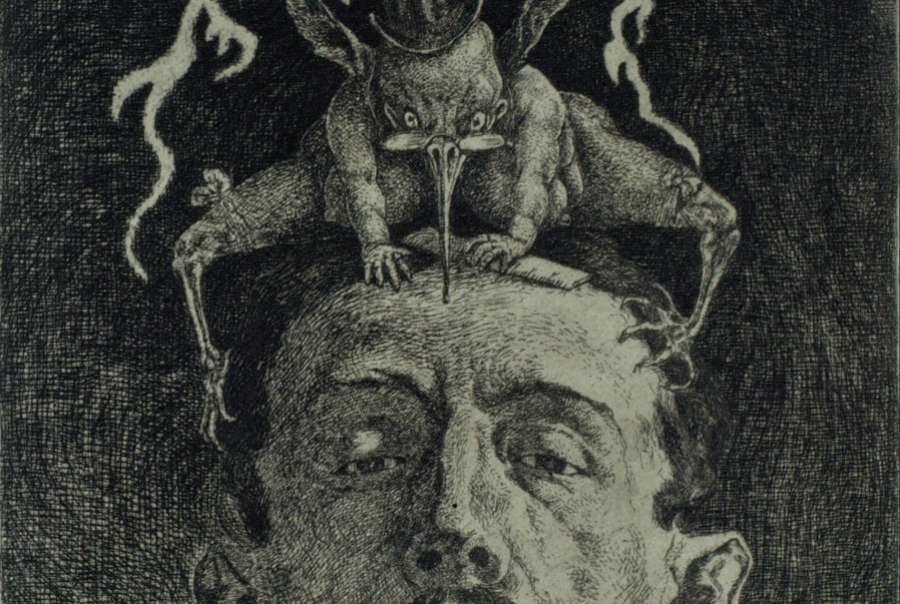The power of the critic is a paradox: They wield mere words in the face of alchemic artistry, rubbernecking and scribbling around the work of creation. Yet those mere words can contain or constrain our perception—or, in the case of the ephemera of theatre, our very memory—of the art. A widely circulated play review can reach many more people than will ever have the chance to see the show itself (and can of course play no small role in how many people get the chance to see it).
But you don’t have to look far to see this power disintegrating before our eyes. Newspapers have been shedding culture reporters and arts critics with shuddering rapidity in recent years, even as some publications seem to be getting a jolt of new readership thanks to the political emergency we’re living through. The democratizing promise of the blogosphere (remember that ungainly word?) long since evaporated into the dopamine clouds of social media. While other media have figured out (more or less) how to monetize their content, those of us who wield mere words find it ever harder to compete for readers, let alone paying ones. While there’s an inarguable depression in journalism writ large, with veteran reporters and editors forced into unemployment, retirement, and redundancy as surely as coal miners or steel workers, the crisis is acute for arts journalism and especially critics, the least beloved yet in many ways the most necessary of all culture writers.
I’ve spent my life reading and writing criticism, finding myself as inspired by great writers about the arts I love as much as (sometimes more than, if I’m honest) the art itself. From Pauline Kael to Eric Bentley, from Alex Ross to Wesley Morris, I’ve subsisted on the work of critics who’ve helped me feel and think about the art I love more fully and deeply, in all its complications and satisfactions. My admiration has bred imitation: I often feel that if I don’t write something about a show or film or piece of music in some form, even in just 140 characters, it didn’t happen. (Sometimes, of course, I’m grateful to forget.) Reading and writing criticism, in other words, has formed my sensibility, my taste, my judgment—my soul, if you will.
I worry, though: Are there still writers being fed and formed this way, and if so, where can they turn to develop their voices? Still more urgently: Are there writers from backgrounds as diverse as the work we’re increasingly seeing on American stages? While U.S. theatres have a long way to go in terms of equity, diversity, and inclusion, they are a multicultural utopia compared to the narrow demographics of those who write about the theatre, including on the staff of this magazine (and yes, at The New York Times).
The good news: There are indeed promising critical talents of many backgrounds circulating; I know because I’ve met and assigned a number of them to write for us. The bad news: There are fewer places than ever for them to ply their trade, find their voice, get mentored and shaped and challenged as writers, thinkers—and leaders. That’s why American Theatre is proud this year to help administer an arts journalism track as part of the Rising Leaders of Color Program, a Theatre Communications Group initiative geared toward nurturing a new generation of theatre leaders of color. (Application here.)
My career is proof that critics are leaders, even if paradoxical ones. And it is as true of criticism as it is of politics: The power of mere words to shape our world has seldom been as endangered—or as crucial.


